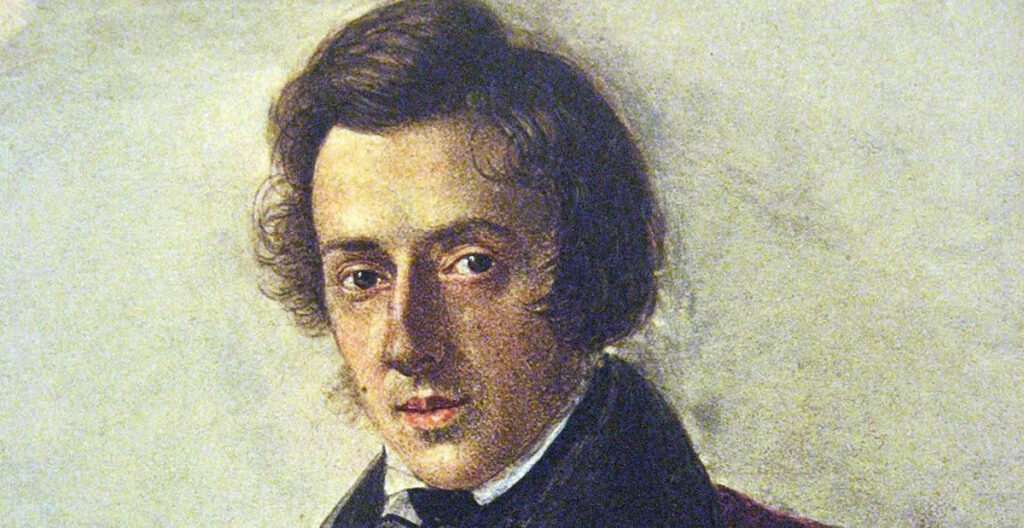Frédéric Chopin’s Waltz in D-flat major, Op. 64, No. 1, popularly known as the “Minute” Waltz, is one of the most celebrated and instantly recognizable pieces in the piano repertoire. This lively and technically demanding waltz was composed in 1847, during the final years of Chopin’s life, and is a brilliant showcase of his virtuosic style and melodic inventiveness.
Origins and Inspiration
The “Minute” Waltz was dedicated to Countess Delfina Potocka, one of Chopin’s close friends and a talented pianist. Although many of Chopin’s compositions were inspired by emotions and personal experiences, this particular waltz is said to have been influenced by a more whimsical source—his beloved pet dog, Marquis. According to legend, Chopin observed his small dog chasing its tail and was inspired to create the piece’s rapid, circular motion, though this anecdote remains speculative.
Misconception About the Title
Despite its popular nickname, the “Minute” Waltz does not refer to a 60-second performance. The title was mistakenly interpreted in English as referring to its length, but in reality, it originates from the French word “minute” (meaning small or delicate). A typical performance lasts between 90 seconds and 2 minutes, depending on tempo and interpretation. While it is indeed a short piece, playing it in one minute is nearly impossible without distorting the intended phrasing and musicality.
Structure and Musical Characteristics
The waltz follows a classic A-B-A form, characterized by its light, playful right-hand runs and an elegant left-hand accompaniment in the typical waltz rhythm (3/4 time signature). The main section consists of quick, cascading notes, requiring remarkable finger dexterity and control. The middle section slows slightly, offering a lyrical contrast before returning to the exhilarating opening theme.
Chopin’s ability to blend virtuosity with expressiveness is evident throughout the piece. While it is often played as a dazzling technical showpiece, a deeper interpretation reveals the dance-like charm and graceful phrasing that make it a quintessential Chopin waltz.
Popularity and Legacy
Since its publication in 1847, the “Minute” Waltz has remained a favorite among pianists, from students to world-class performers. It is frequently featured in recitals, films, and popular culture, solidifying its place as one of Chopin’s most famous works. Despite its technical challenges, it captures the joyful elegance and brilliance of Chopin’s style, making it an enduring gem in the world of classical music.
Whether played as a dazzling virtuoso piece or a charming salon waltz, the “Minute” Waltz continues to captivate audiences, demonstrating Chopin’s genius in crafting both complexity and beauty in a short yet unforgettable composition.


Comments are closed